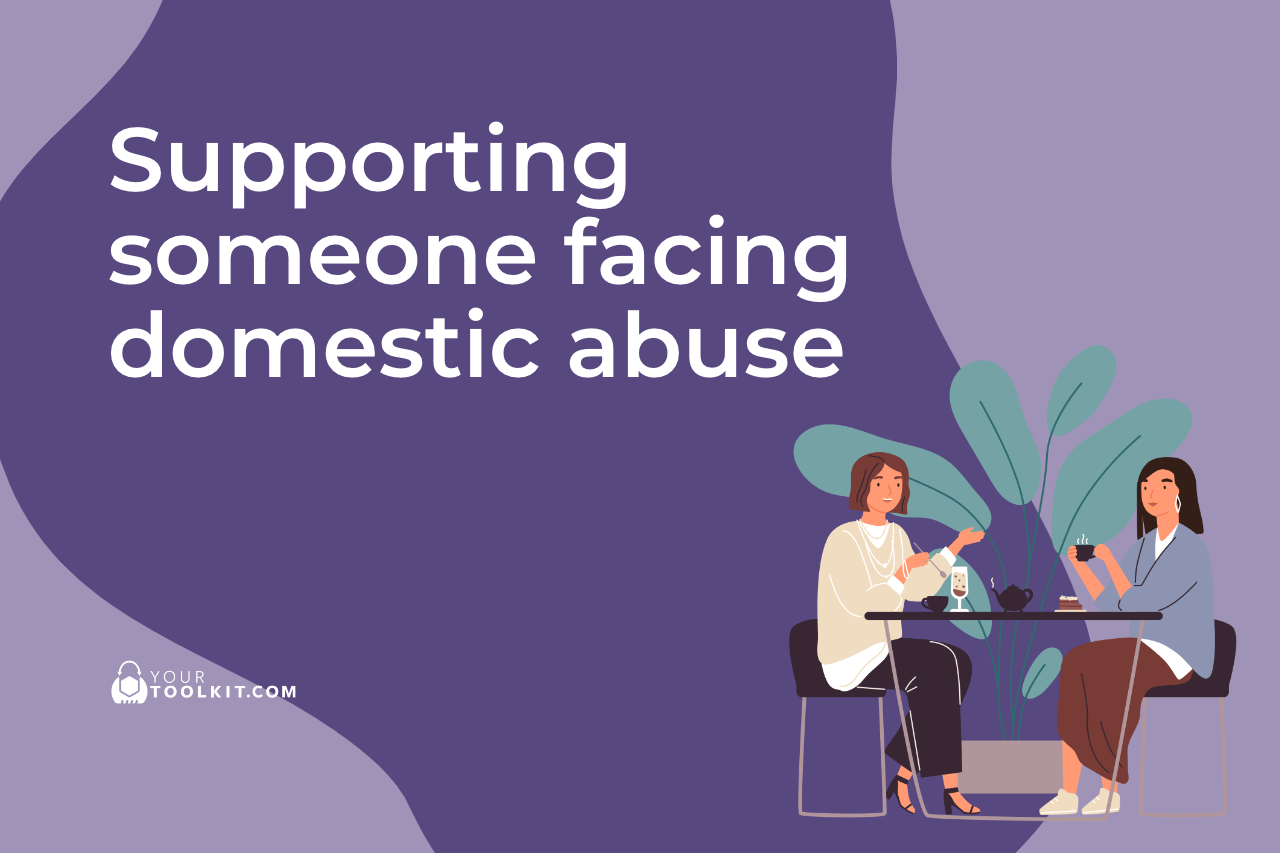1 in 4 Australian women experience family and domestic violence. Most of us know of someone or have experienced family violence in our lifetime.
This article discusses the following:
- Starting a conversation about family violence
- How to support someone facing family and domestic violence
- Creating a safety plan
- When to contact the police?
Starting a conversation about family violence
You may notice that a close family member or friend shows signs of experiencing family violence. They may:
- Walk on eggshells around their partner
- Become isolated from friends or family members
- Have physical injuries and give unlikely explanations for them
- Have restricted access to ‘shared’ finances
- Show other symptoms of depression and anxiety
If any of these are true, starting a conversation about family violence in a safe environment is important.
First, assess your own circumstances and if you are in a position to provide support.
Secondly, find a safe time and space to talk where the perpetrator can’t eavesdrop or read through the message history. Try visiting the home when the perpetrator is at work or inviting the victim survivor to a public place.
Create a code word that lets both of you know it’s ok to talk or if you need to change the topic of conversation quickly.
Be prepared. The victim survivor may be in denial about their experience, and it’s important to be friendly and non-judgemental and let them discuss their experience in their own time.
Remind the victim survivor you are coming from a place of love and concern. This is not their fault, and they are not alone.
How to support someone experiencing family violence?
When victim survivors confide in you, they hand you an intimate level of trust. If you’re able to, you can support a victim survivor by providing:
- Access to a safe computer while they plan and execute a safety plan
- Access to a safe mobile device to call counselling or support services
- Support to collect evidence of abuse
- Space to store important documents
- Transport between appointments
- Support with children
Victim survivors may also want to discuss their experience with a trained counsellor – Call 1800 RESPECT (1800 737 732) for 24/7, free access to professional support.
Creating a safety plan
A safety plan is the exit strategy. Suggest to the victim survivor to prepare actionable steps they can take when they decide to leave. Review Yourtoolkit.com/1B for safety plan tips.
When to contact the police?
It can be hard to determine when the personal safety of your friend or family member outweighs the risk of losing their trust if you get law enforcement involved. This is why it’s important to discuss this in your initial conversation.
Recognise that victim survivors may be hesitant to get the police involved. Once they are, it can cause more friction between the two partners. This can be risky for victim survivors who stay in the relationship and others who may choose to transition away.
Police can offer a range of options, including a temporary restraining order called ‘Police Orders’ that protect the victim survivor for 24 hours whilst they find emergency accommodation and get a permanent FVRO in place.
You should call the police when:
- Children are at risk
- The perpetrator is an immediate threat to the victim survivor, or others
- The victim survivor has requested
- Neighbours report violent arguing or behaviour
Throughout their journey, remind the victim survivor to continue visiting Yourtoolkit.com and transition through our step by step guide if they choose to leave the relationship.

